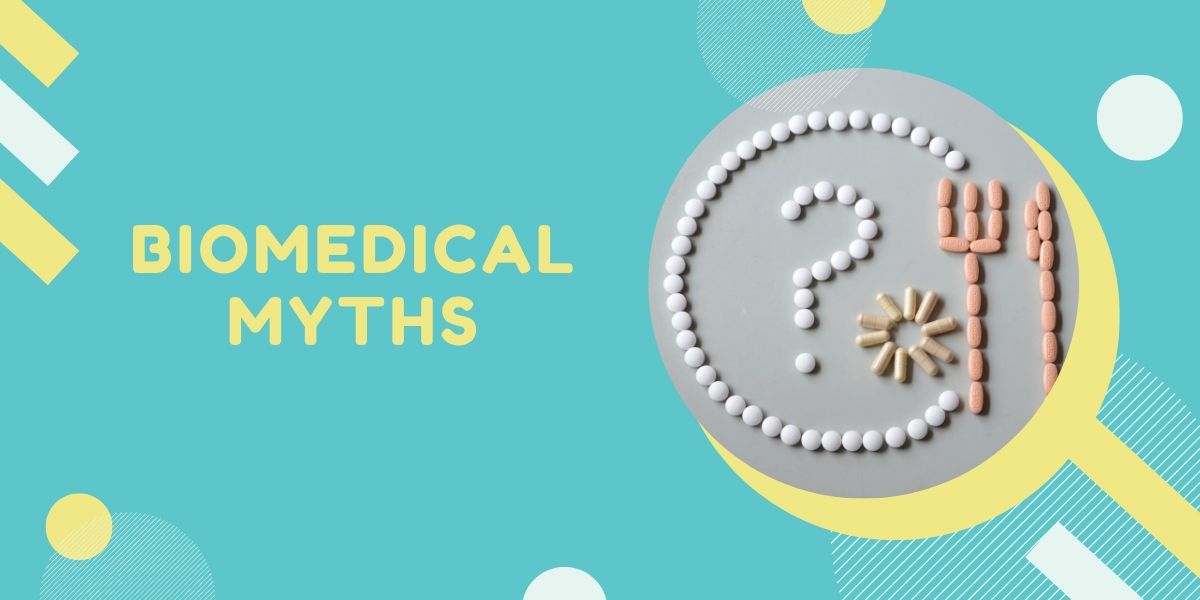 Have you noticed that the use of a stethoscope seems to be a dying art form? The act of listening to a patient’s heart is no longer part of the core curricula at most medical schools. Instead, most testing consists of objective technology-based testing that is designed to categorize people somewhere on a disease process. The prevailing biomedical theory has become based on disease and degeneration of the human body as something that is both natural and inevitable.
Have you noticed that the use of a stethoscope seems to be a dying art form? The act of listening to a patient’s heart is no longer part of the core curricula at most medical schools. Instead, most testing consists of objective technology-based testing that is designed to categorize people somewhere on a disease process. The prevailing biomedical theory has become based on disease and degeneration of the human body as something that is both natural and inevitable.
Don’t be fooled by this and other biomedical myths:
- The more money we spend on research and studies, the healthier we’ll be.
- There must be a physical cause for every ailment.
- To understand disease is to understand health.
- External factors that promote disease need to be controlled or eliminated.
- The highest level of health for a patient involves never being disturbed by any undesirable symptom or condition of the body.
In Dr. Donald Epstein’s book, The 12 Stages of Healing, he notes a study published in the Journal of the American Medical Association (JAMA) where a six-year, double-blind study with people taking selenium supplementation had a 37% reduction in incidence of cancer, 50% reduction in cancer mortality, 63% fewer prostate cancers, 58% fewer colorectal cancers, and 46% fewer lung cancers. Yet, in that same issue of the journal, a warning was issued that it was premature to change individual behavior to begin taking selenium, and that public health recommendations should not be modified because of this study. Do you think that if an expensive drug that took a great deal of laboratory engineering to produce would have been tested, and produced similar results, this same strategy would have be used? I would imagine that every major news network would have been provided with news releases to broadcast around the world.
This incongruency brings up another biomedical myth: healing often requires drastic measures.
Disease, sickness, and symptoms are ultimately an invitation to change, and the intensity and severity indicate the urgency to make changes now. When drastic, external “cures” are employed, the body may change at least for a time, but the person doesn’t change. When the person doesn’t change, the disease, sickness, and symptoms often pop up again in other ways.
Ultimately, health is by definition produced from within the person, not from technologically advanced substances that produce massive changes in chemistry.
Even a small change in the right location, direction, and at the right time produces powerful results. In fact, a small outward force that induces a more connected and concerted change in function within the body AND more importantly the person, always produces a change that results in better wholeness, aka health.

